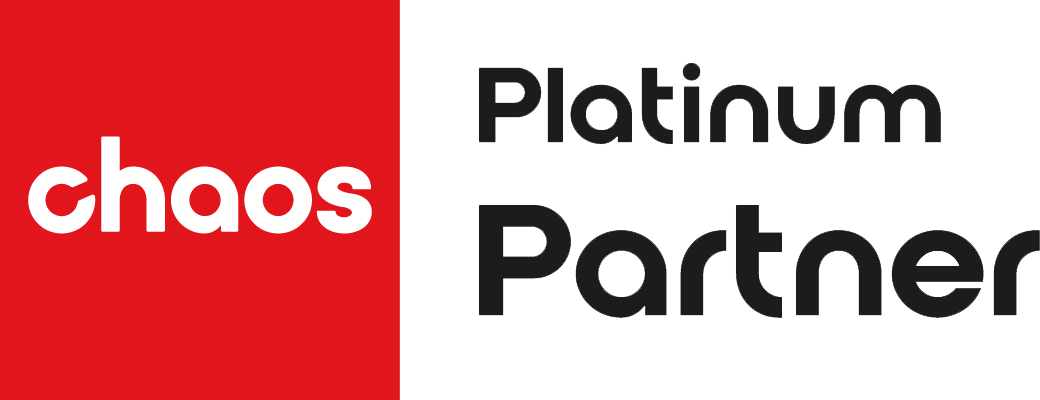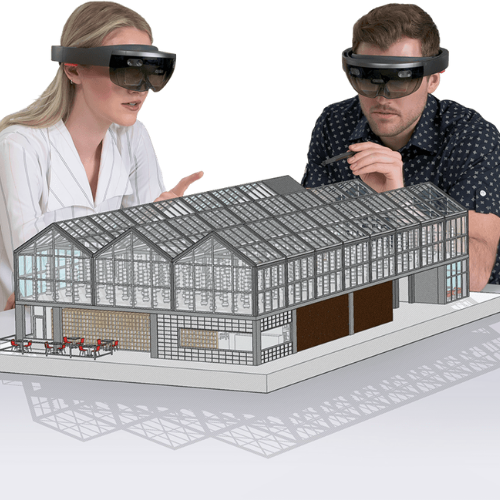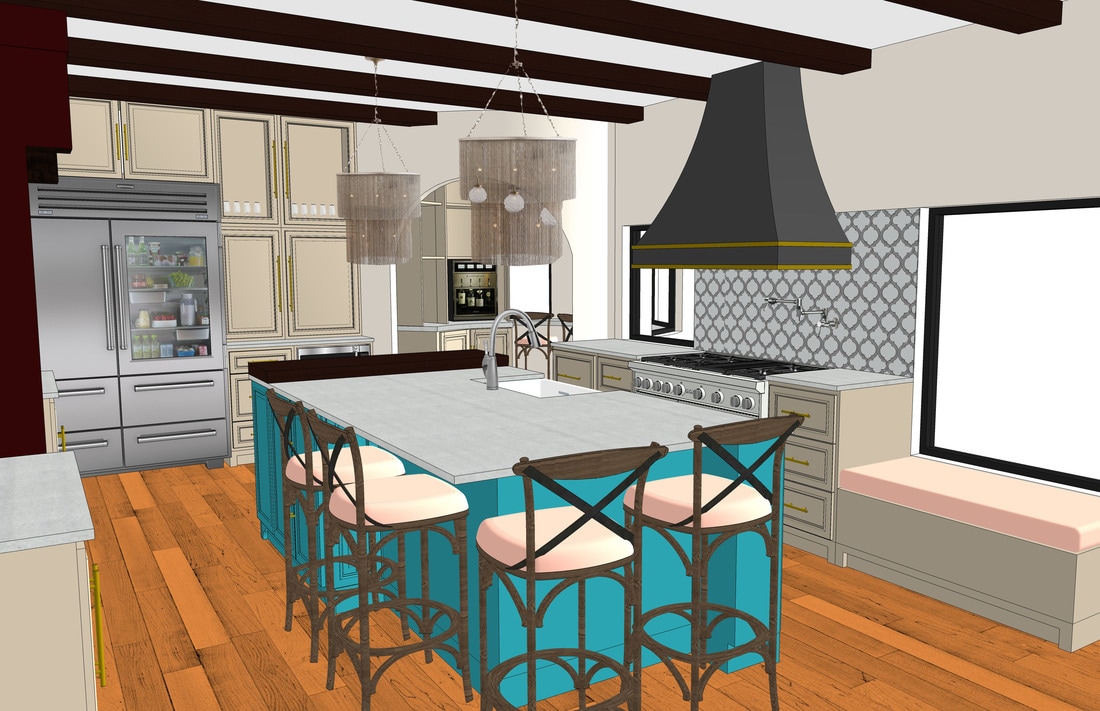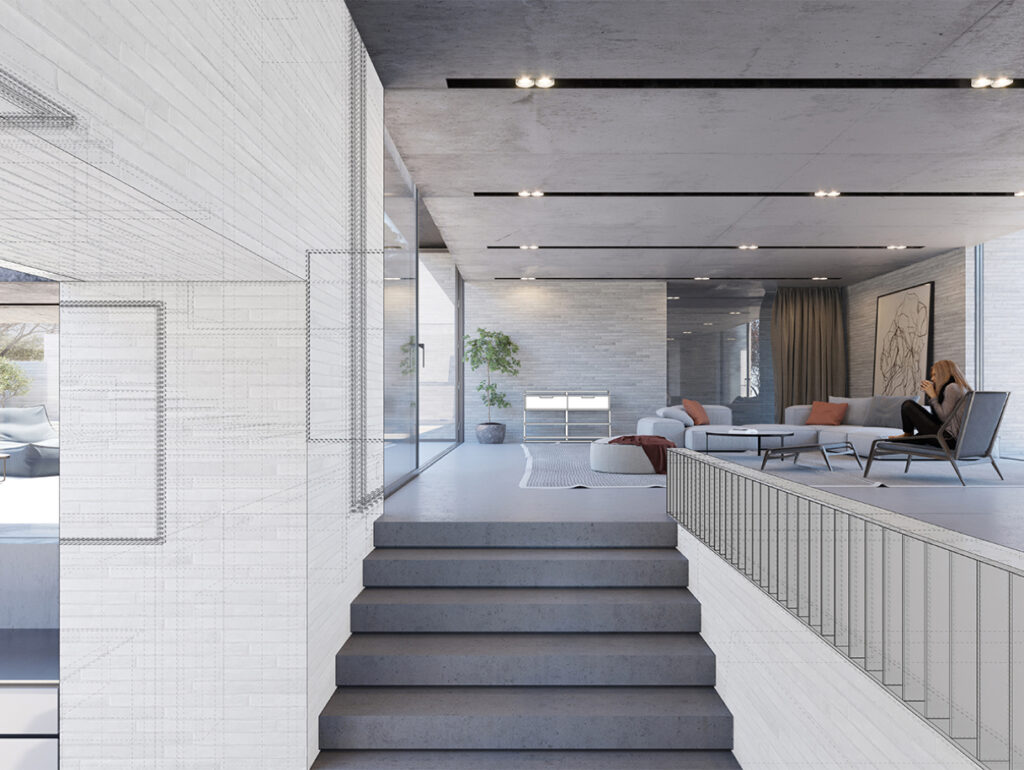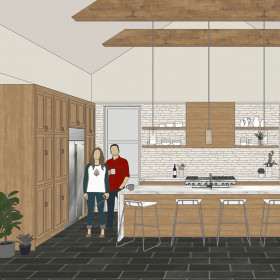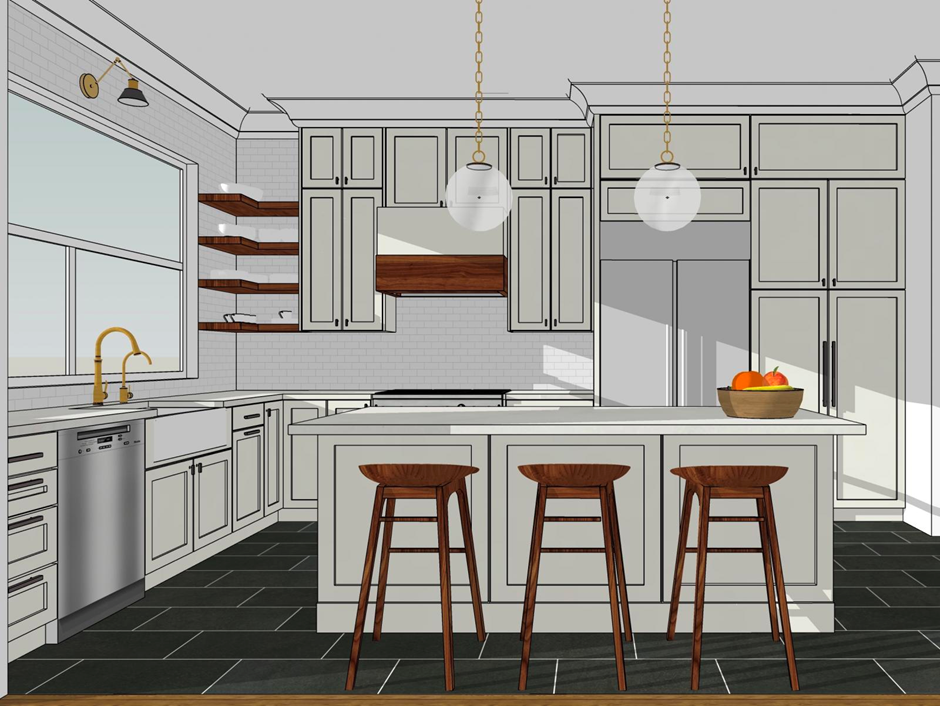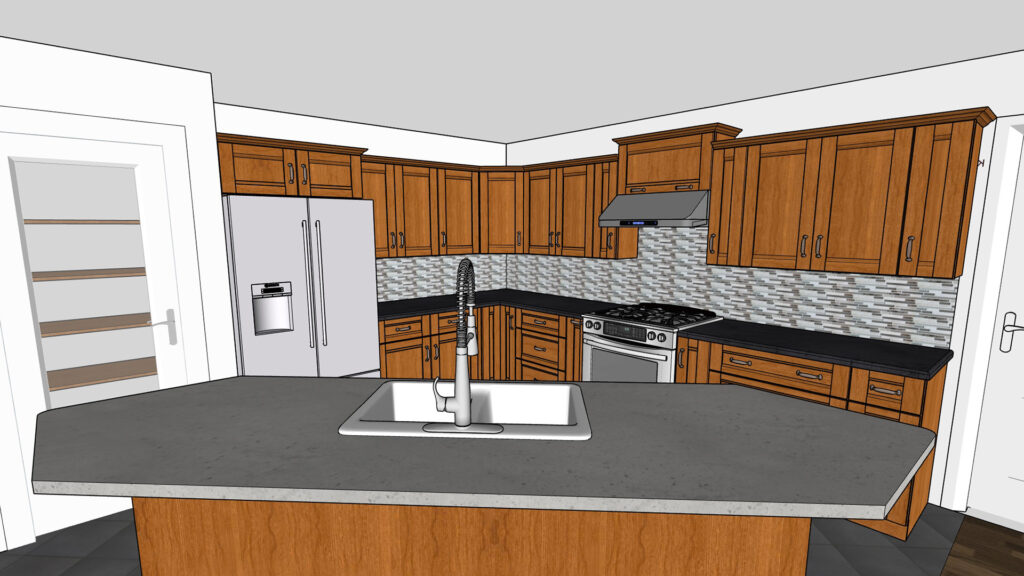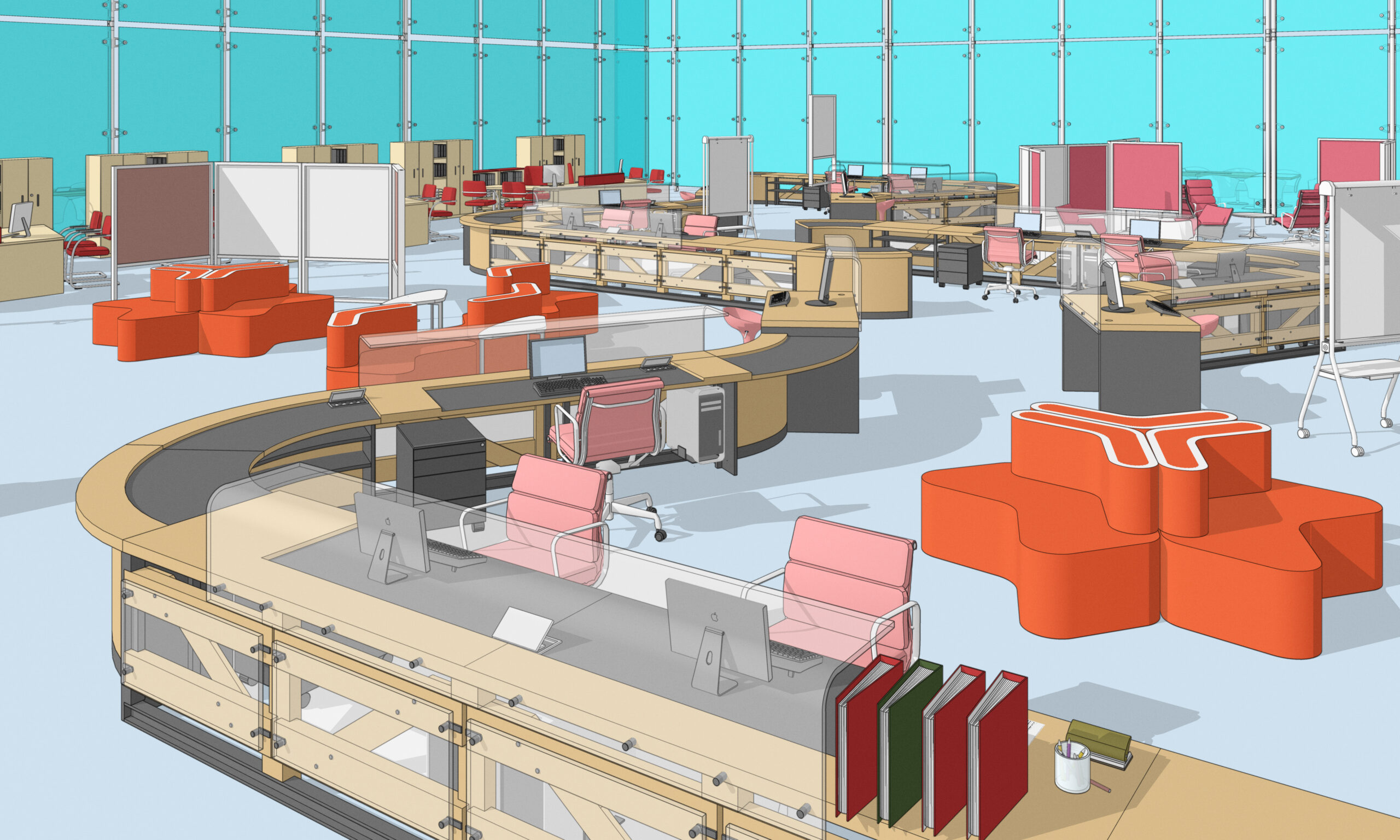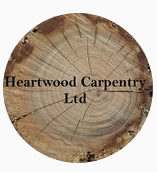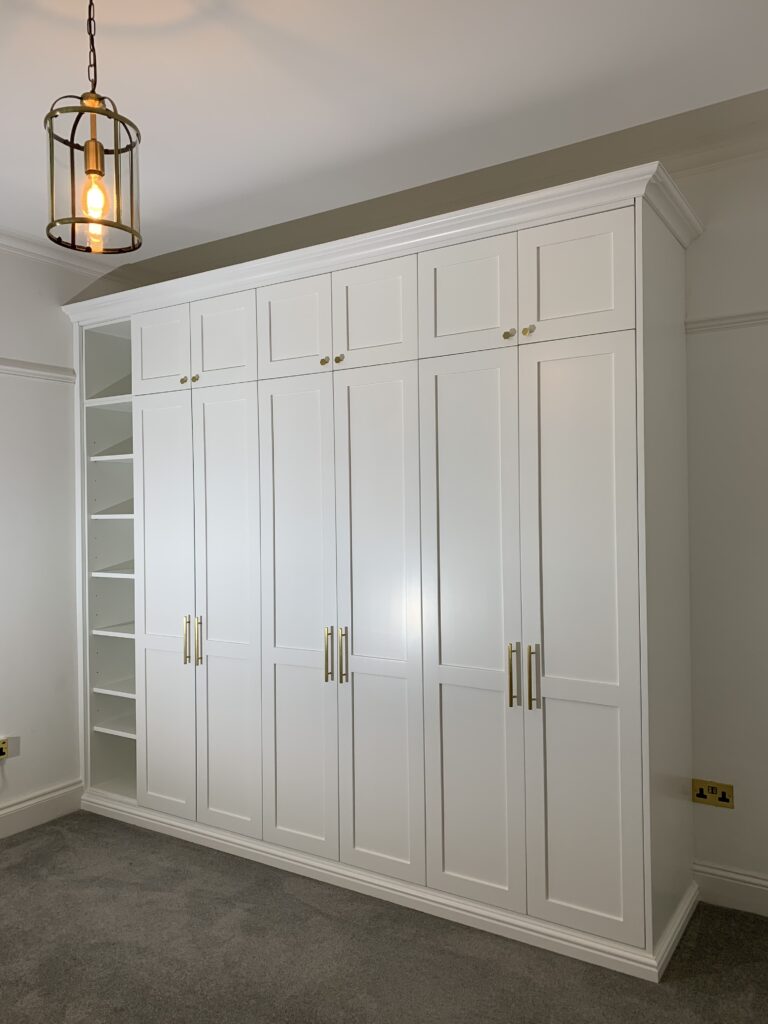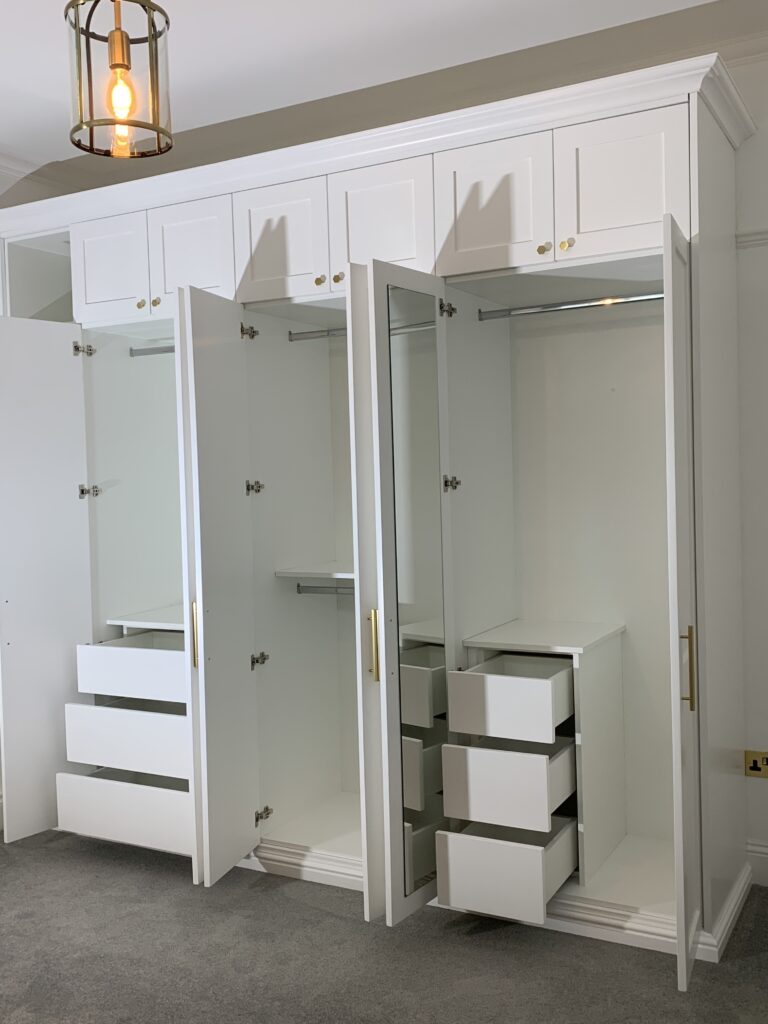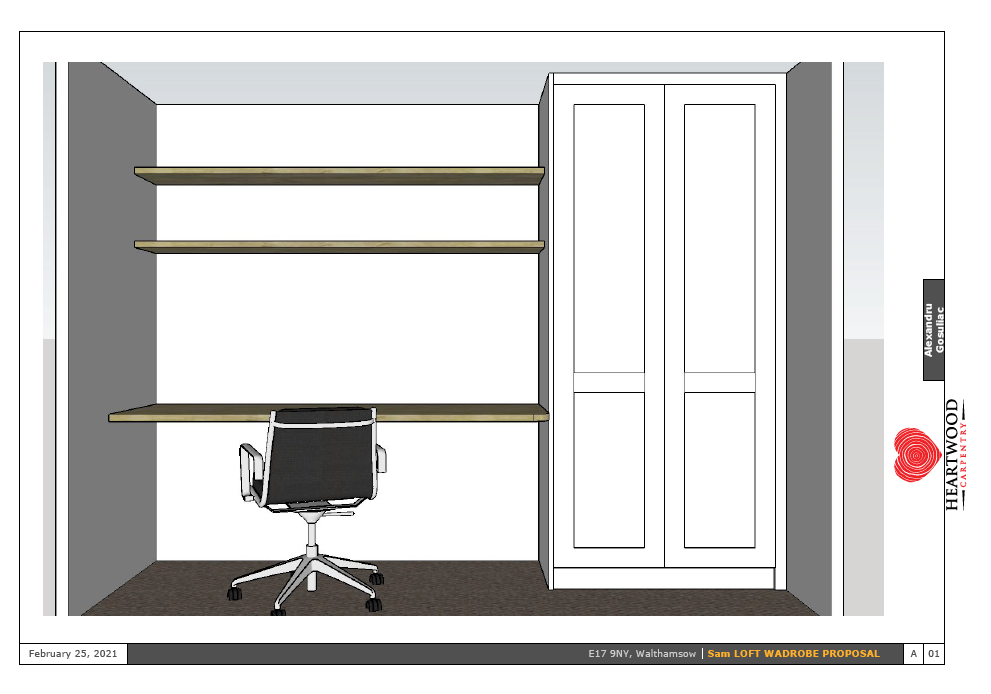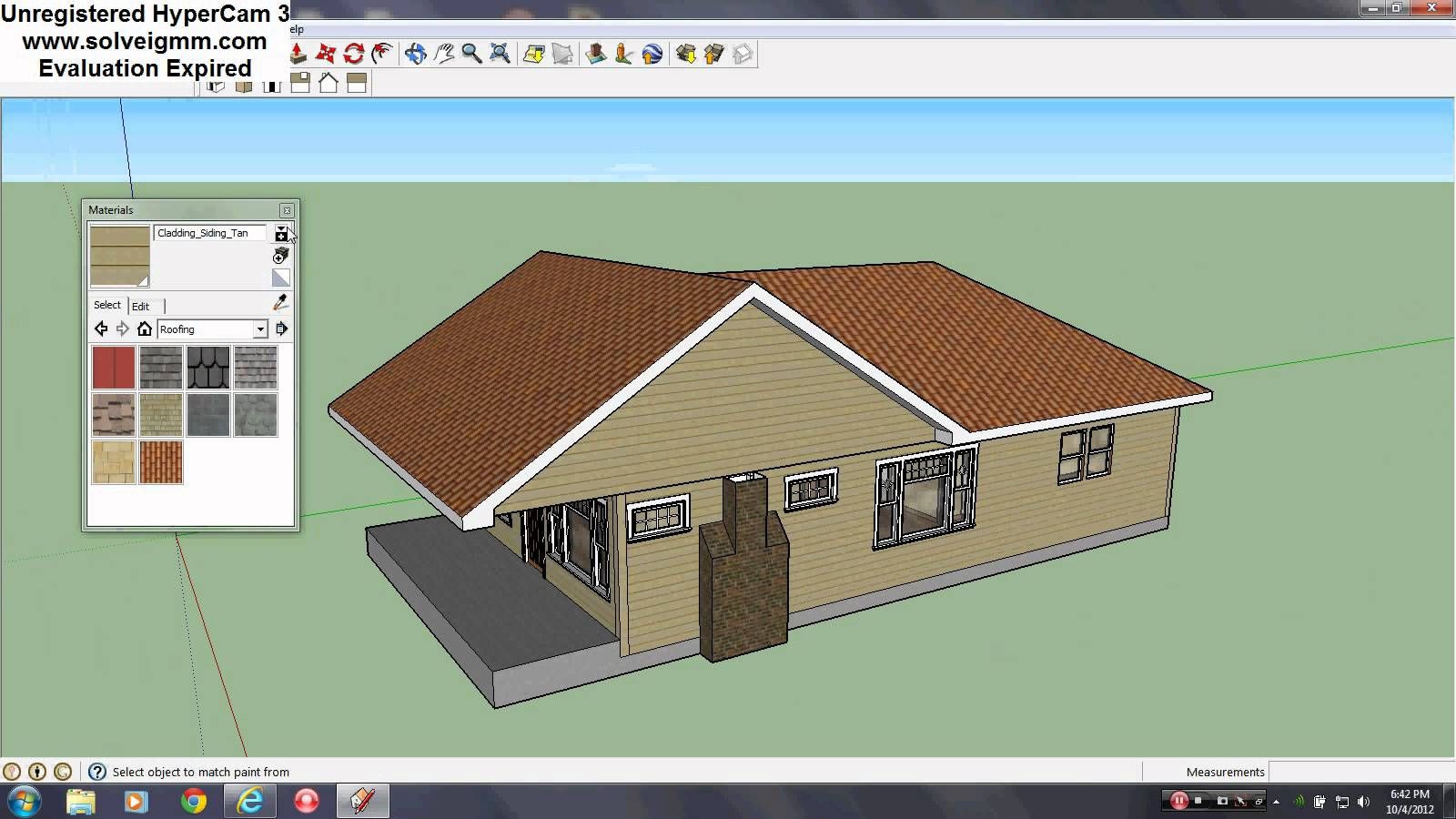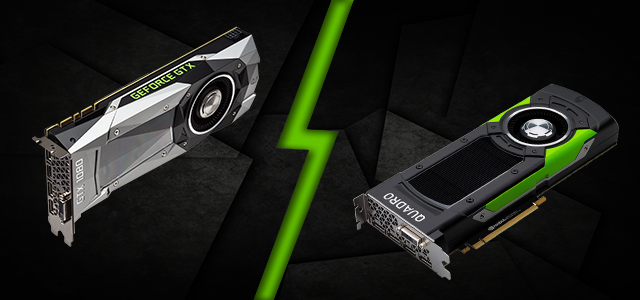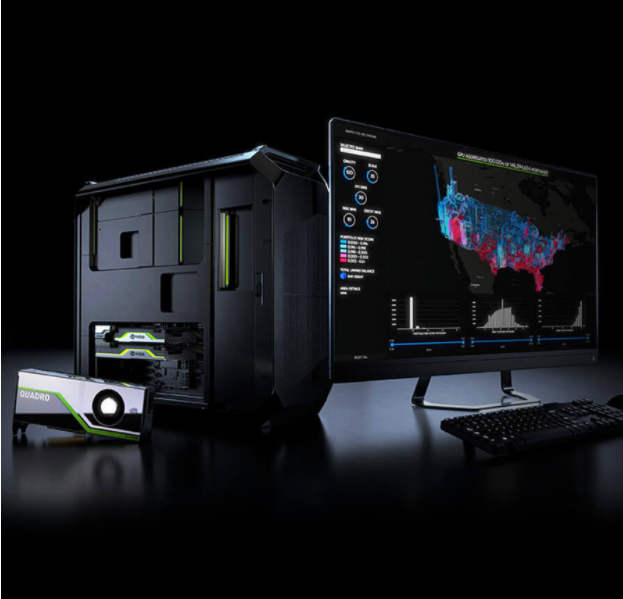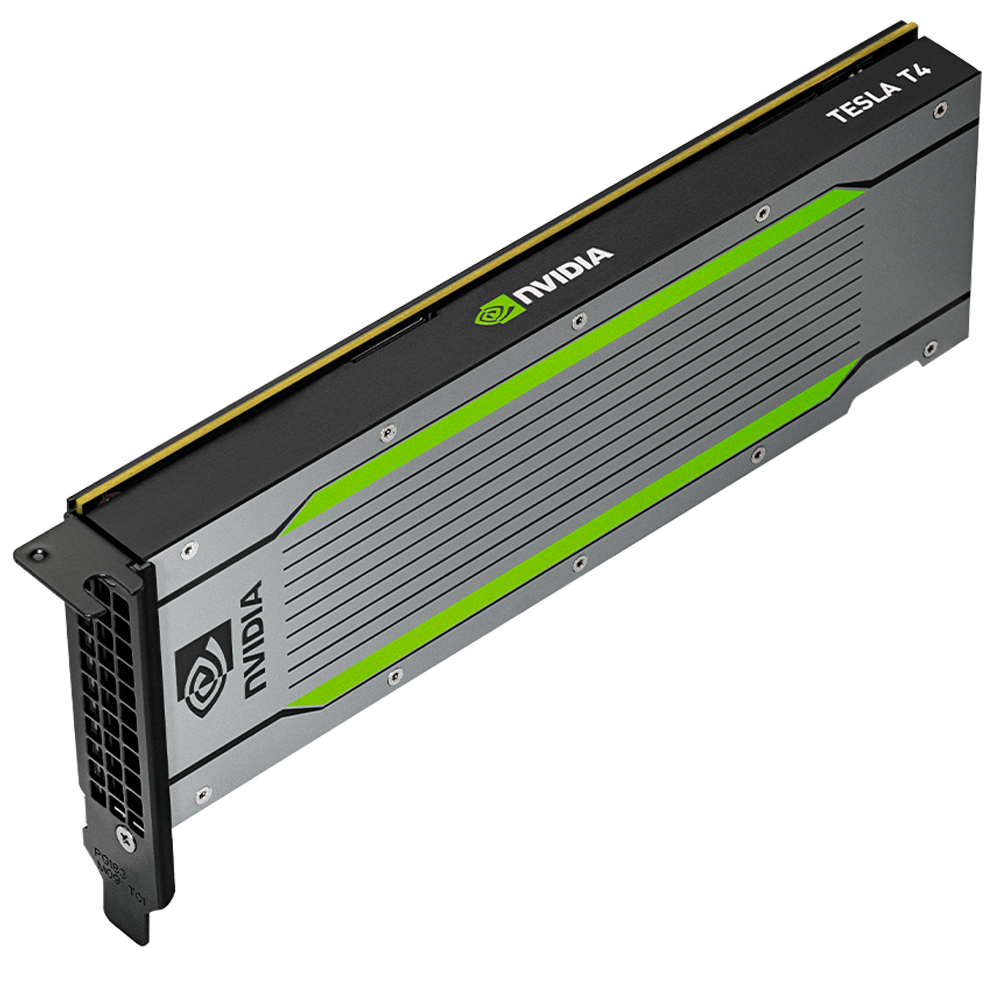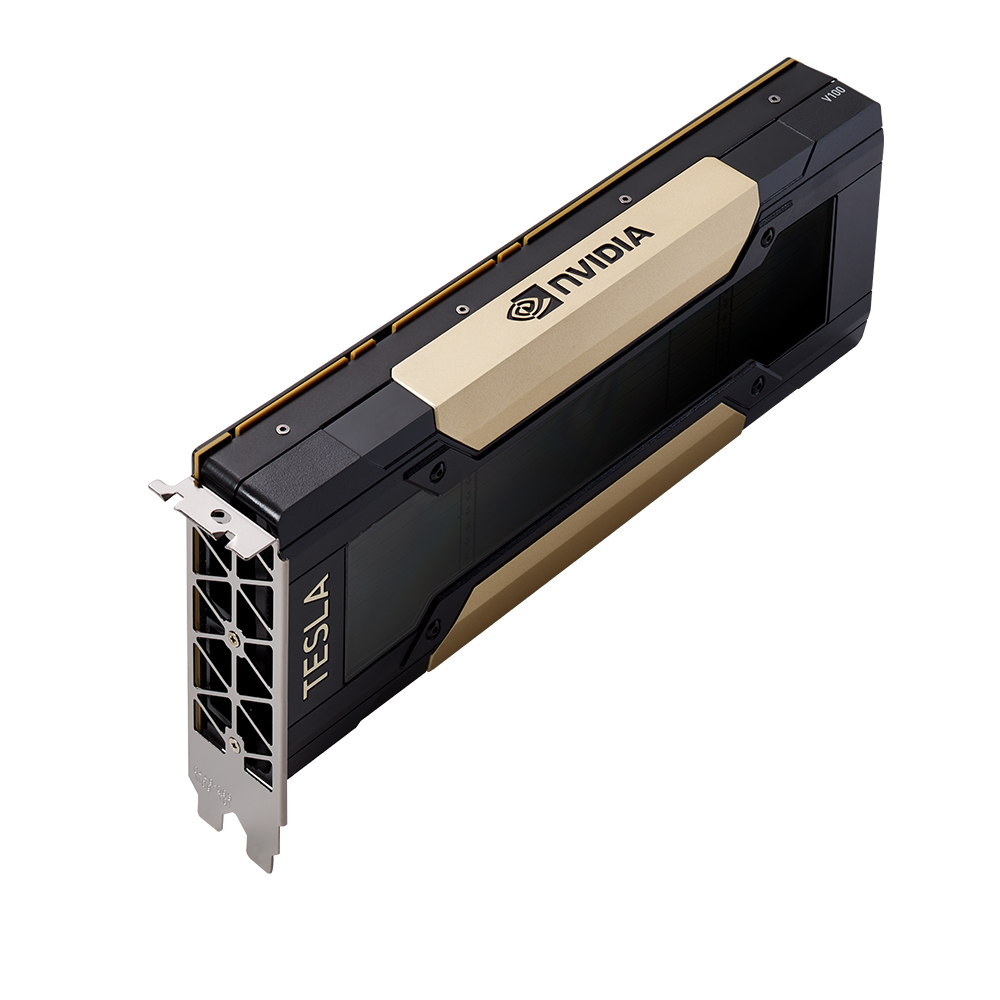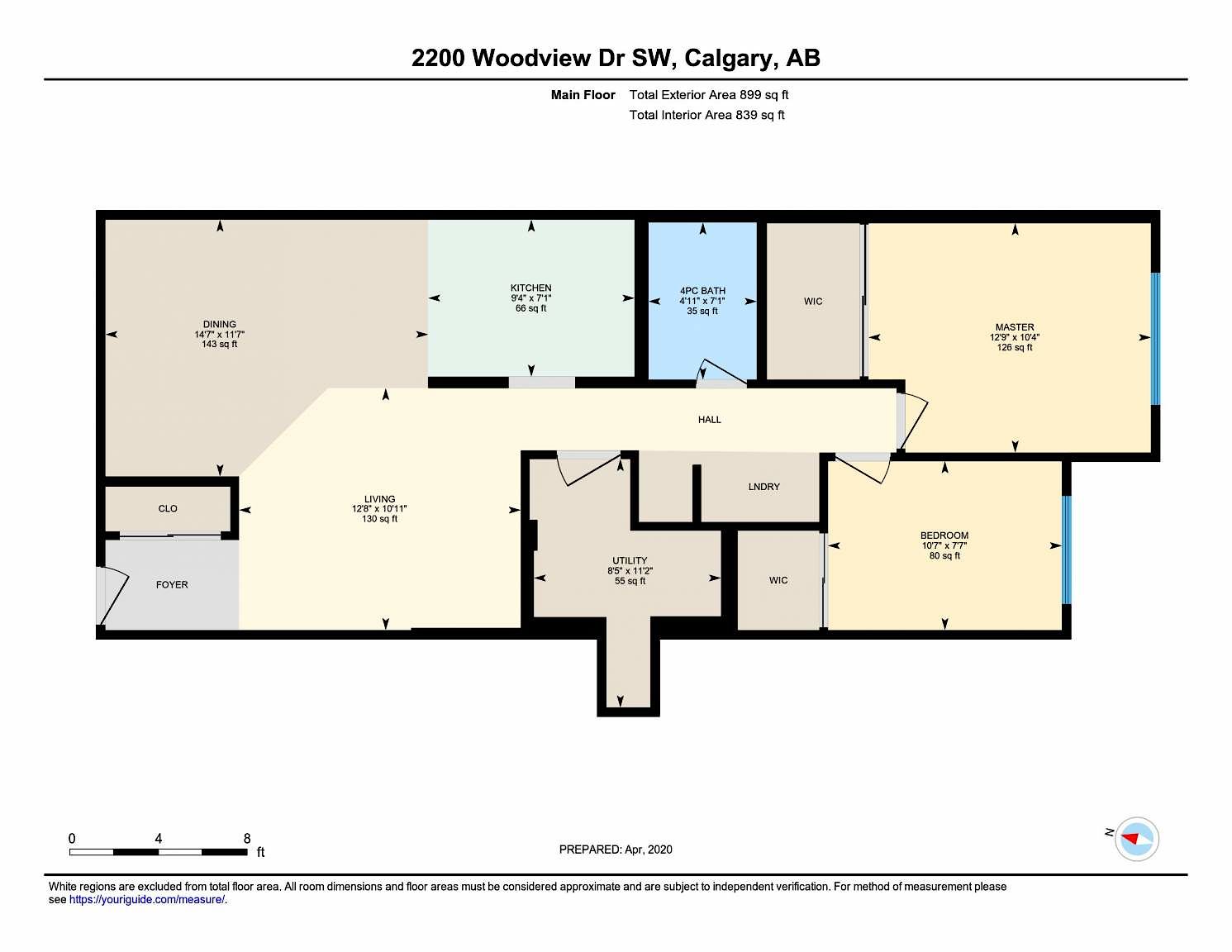By now, you’ve probably heard what we’re doing, but just in case you missed it, SketchUp has moved to a subscription model from November 2020.
That was nearly 12 months ago now (I know it feels longer with the year we’ve had) and I hear you all asking, why are you telling us again?

Great Question...
To make sure everyone jumps onboard the new subscription model and takes advantage of the latest SketchUp software and features, we’ve given users just over 12 months to migrate at a discounted rate. This will end on 4th December 2021.
So what does this mean for the SketchUp Classic licence?
This means if you are still using a SketchUp Classic licence from 4th December 2021, you will no longer be able to upgrade to the latest version of SketchUp at a discounted rate and will need to purchase a new subscription at £235 per user. You will also loose access to the support you currently receive as part of your Classic Licence.
But there is good news, if you want to keep the up-to-date version of SketchUp and continue enjoying the ongoing support, you can still migrate over to a subscription licence and take advantage of the discount available.
Ok, got it, how does it work?
Single user licenses can be traded in at 1:1 ratio. (one subscription per classic single user license)
A network license can be traded in at a 1:4 ratio – for every network seat, a customer can take 4 x subscriptions.
Pricing is per subscription. Eg: a 5-seat network license can be traded for up to 20 x subs Your customer currently has classic licenses that have active maintenance contracts. That means they can switch to subscription for the following price per license:
Qty X of either:
SketchUp Pro Bundle, annual subscription. 1 Year Migration from Classic Single User Perpetual License for customers with active M+S contract. Terms and Conditions apply. TERMS AND CONDITIONS – 1YR SINGLE USER MIGRATION.
SketchUp Pro Bundle, annual subscription. 2 Year Migration from Classic Single User Perpetual License for customers with active M+S contract. Terms and Conditions apply. TERMS AND CONDITIONS – 2YR SINGLE USER MIGRATION RRPs: £95.00 for 1-year and £190.00 for 2-year (per license migrated to subscription)
Pricing above available until whilst your entitlement is in active maintenance. There is a 14-day grace period for you to switch before pricing increases by 50% to migrate.
For users out of maintenance, the RRP will be £142.00 for a 1-year subscription when migrating or £283.00 for a 2-year
From December 4th 2021, customers will no longer be able to migrate classic licenses and will instead have to purchase a brand new SketchUp Pro subscription (current RRP: £235)
So the question is, Why Migrate?
Always up to date
SketchUp transitioned to a full subscription model as of 4th November 2020 , so the classic perpetual licenses are now legacy. With subscriptions, you will have access to new features and releases as they launch.
Additional Products
With a subscription, you have access to a larger suite of tools to enhance design workflows and additional capabilities delivered through Trimble’s cloud services. You get SketchUp Pro for desktop, plus full use of:
- Trimble Connect with unlimited cloud storage
- SketchUp for Web premium
- Viewer apps for HoloLens, VR and Mobile
- Full details on all of the above here
Subscriptions are intended for use by a single named user for the duration of the subscription term, without ability to re-assign except in following permitted circumstances:
- If a seat is inadvertently assigned to the wrong end user at time of purchase;
- If a seat is initially assigned to an employee of your company, and such end user leaves your company during the subscription term, then you may re-assign such seat once during the subscription term; and
- At the time of subscription renewal, you may re-assign a seat. Subscriptions must be assigned to a named individual email address and not a generic email address.
Budgeting
Subscribing is a more flexible way to access SketchUp software, allowing for effective budgeting.
Any new subscription you purchased during your one year term, will get co-termed to the exact same expiration day as the initial subscription(s) you purchase. You will no longer have licenses with renewal dates throughout the year! Predictable expenditure – One payment, on the same day each year, makes your SketchUp subscription really simple to budget for.
Ease of Management
You are in control When you subscribe, you will have a much simpler way of administrating SketchUp access for employees.
Keeping track of multiple Classic licenses and not knowing who was using which license has always been a pain. With subscriptions, there is an Admin dashboard (which does not exist for Classic licenses). This allows you to add or remove employee access, and add or reduce seats.
You will always know who has access. If an employee leaves you, simply revoke access and reassign the entitlement to someone else!

PS: Here are some important details to remember!
Single user license holders may still use the perpetual license(s) as an existing installation. Network licenses will deactivate 30 days after migrating them to subscription.
Active Maintenance and Support plans will be terminated upon convert and plans cannot be reinstated.
They must agree to the full Terms and Conditions (linked to in the migration boxes above). It is the responsibility of the reseller to received approval to the terms from the customer prior to placing an order on Elmtec.
The subscription term will begin on the day of conversion
Subscription renewals will not be at a discounted rate in year 2 or 3, depending on the migration offer they choose. Current full subscription cost is £235.00 per person.
For any additional information regarding the SketchUp migration or 3D modelling questions, contact sales@elmtec.co.uk
Want to try SketchUp? Click here for a free 7-day trial.



